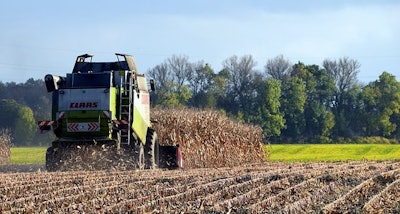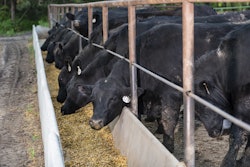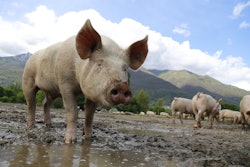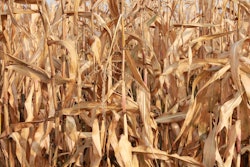
USDA’s Final Crop Progress Report: 8% of Corn Acres Not Harvested
Monday, Dec. 9th, The USDA issued their last Crop Progress report for the 2019/20 crop year.
The weekly Crop Progress report measures the harvest progress of states representing 94%, or approximately 6 million acres that are unharvested.
This is the 4th slowest national harvest pace on record.
In North Dakota, 57% of the corn acres remain unharvested. This represents 1.88 million acres and is the slowest harvest pace for the state on record.
The harvest pace in South Dakota, Minnesota, Illinois and Iowa is the 4th slowest on record.
FBN’s Take On What It Means: As the USDA closes the book on their weekly harvest reports, we believe that a material volume of corn remains in the fields. Some of this corn will be harvested, and some will be abandoned. At FBN, we believe that the USDA’s WASDE reports in December and January will possess critical information on the size of the 2019/20 US corn crop which can impact basis and futures prices.
Chinese Hog Herd Expands For First Time in 2 Years
China's Agricultural Ministry reported that the domestic hog herd increased by 2% in November compared with October. This was the first month-on-month (MoM) increase in a year.
Reported Chinese sow stocks were up 4%, which is the second consecutive month of gains.
Reported sow numbers on commercial hog farms were +6.1% MoM.
The closely watched Chinese hog data comes after an epidemic of African swine fever (ASF) devastated the world's top hog herd.
There is no vaccine for ASF.
Chinese Government estimates have the domestic hog herd contracting by 41% or by 175 million hogs.
Some private estimates have China’s hog herd down over 50%.
Domestic Chinese pork prices have surged to record levels, pushing consumer inflation in China to the highest level in almost eight years.
FBN’s Take On What It Means: We believe that the expansion of China’s breeding herd can be a positive for the US soybean demand and the US farmer. While it will take time for the Chinese commercial hog herd to stabilize, expanding the breeding stock is the first step toward increased hog supplies. Increased hogs demand more soybean meal which we believe can be supportive U.S. soybean exports and can be positive for U.S. cash and futures prices.
The risk of trading futures, hedging, and speculating can be substantial. FBN BR LLC (NFA ID: 0508695)










